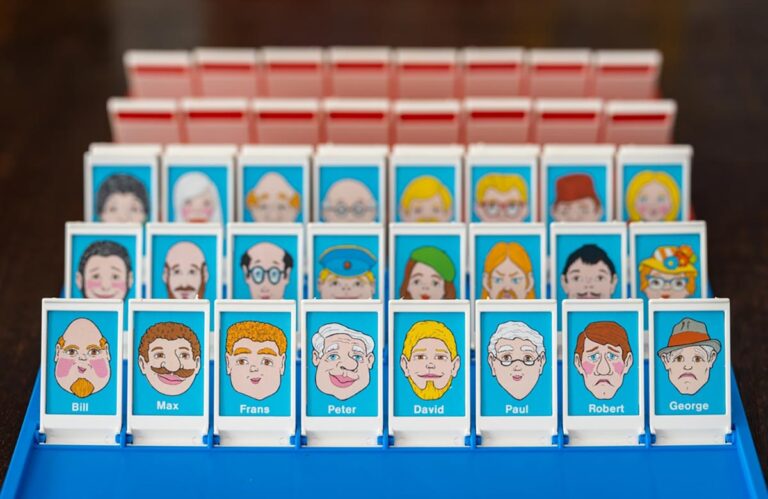
When most of us play board games, we usually don’t spend time thinking about who created them. But behind every memorable game is the untold, and often fascinating, story of its creators.
The childhood staple game, Guess Who, is no exception. Its creators, ingenious Tel Aviv husband and wife entrepreneurial team, Theo and Ora Coster, shaped the game world in more ways than one.
In 1965, the Costers founded a toy business that would go on to create the household name “Guess Who?” and later the viral pop-it fidget toys. But long before that, Ora lived in one of Israel’s first kibbutz communities, and Theo, who was born in 1928 in Amsterdam, was classmates with Anne Frank.
Let’s unpack the very Jewish origins of this iconic game and the incredible story of its creators.
Read more: The Jewish history of Rummikub: How an Israeli entrepreneur created an international sensation
The classmate of Anne Frank
Long before the invention of popular board games like Guess Who, this story begins in Amsterdam with Theo Coster, born Maurice Simon Coster in 1928.
Theo’s family ran a printing business before the Nazis invaded the Netherlands.
After the summer of 1941, Jewish students in Amsterdam were not allowed to return to their old schools, and were instead forced to attend schools that were designated Jewish-only. Theo attended the Amsterdam Jewish Lyceum, which is where his path crossed with Anne Frank — whose diary would, of course, become one of the most important documents of the Holocaust.
Theo and Anne were classmates at the Jewish Lyceum, and would bike to school together sometimes.
In his 2013 memoir, “We All Wore Stars: Memories of Anne Frank from Her Classmates,” Theo recounted his memories from that time.
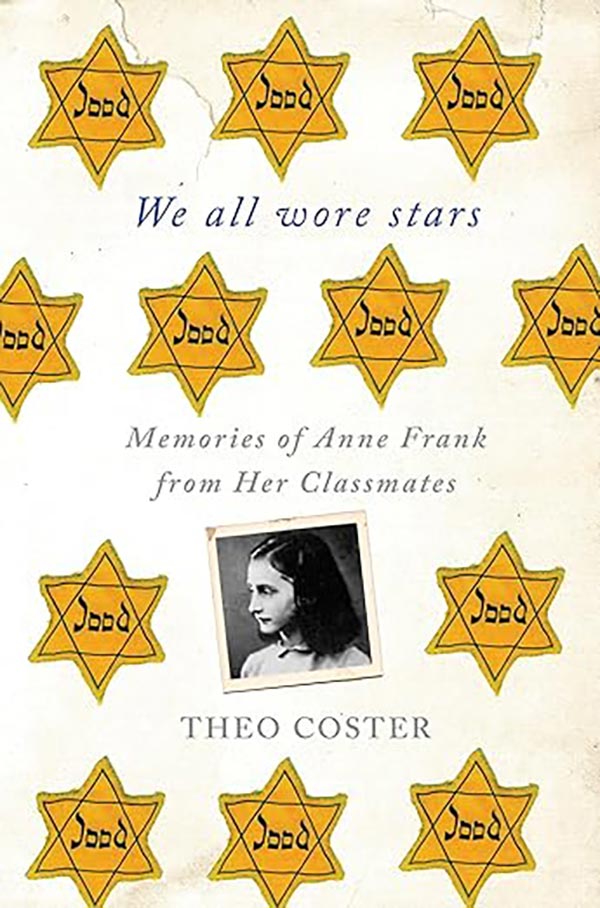
He shared his memories of Anne, or “Annelies” as she was known in class, and of his experience reading her diary, which mentions him and several other classmates.
Anne referred to Theo (then Maurice) as one of her many admirers. She wrote, “Do you remember? How Maurice Coster was planning to present himself to Pim to ask his permission to see his daughter… I hope that such happy, carefree school days will come again.”
Like the Frank family, the Coster family went into hiding in different locations across the Netherlands to avoid detection by the Gestapo. It was in hiding that Maurice took on the name Theo.
“I stayed in the town of Vaassen with a family that had no children, where I pretended to be a nephew from Amsterdam, who had come to spend time with them,” Theo wrote in his memoir.
This family treated Theo like their own child, he recalled, for which they were honored as Righteous Among the Nations by Yad Vashem.
In 2008, Theo and five of his fellow classmates who survived the Holocaust shared their personal stories and memories of Anne in a film called “The Classmates of Anne Frank.” The film, which was produced by Theo, traces his journey revisiting his childhood neighborhood and reuniting with former classmates.
While Theo and his immediate family survived the war, many of his classmates did not. The Netherlands had the greatest number of Jewish victims of the Holocaust in Western Europe, and of the 490 children who attended the Jewish Lyceum where Theo and Anne went to school, only half survived the war.
A post-war match made in Tel Aviv
While Theo was navigating a dark reality in Amsterdam, halfway across the world, Ora was carving out her own path.
Born in 1931, Ora Rosenblat spent her early years living in Kibbutz Degania Bet, located on the shores of the Sea of Galilee. Degania Bet is the sister kibbutz of Degania Aleph, and was one of the first kibbutzim to be established in Israel. (Learn more about life on a kibbutz.)
Ora later moved to Kibbutz Mishmar Hasharon where she studied art and eventually became an art teacher, according to her children, Boaz and Gideon Coster.
Back in the Netherlands, Theo returned to Amsterdam after the war and attended Nyenrode Business University for three years. In 1955, he journeyed to Tel Aviv in pursuit of freedom — freedom to live, work, and most of all, to be creative, he wrote in his memoir.
This is when he met Ora through mutual friends. Initially, they had no romantic interest in each other, they told Haaretz in an interview.
But after Theo told Ora about how he journeyed to Turkey from the Netherlands on a motorcycle with a tent on his back before continuing by boat to Israel, she asked him to “teach her to ride a Vespa.”
That was the start of their life together — one that led to over 50 years of marriage, two sons, and dozens of inventions now gracing the shelves of millions around the world.
The making of Theora Design
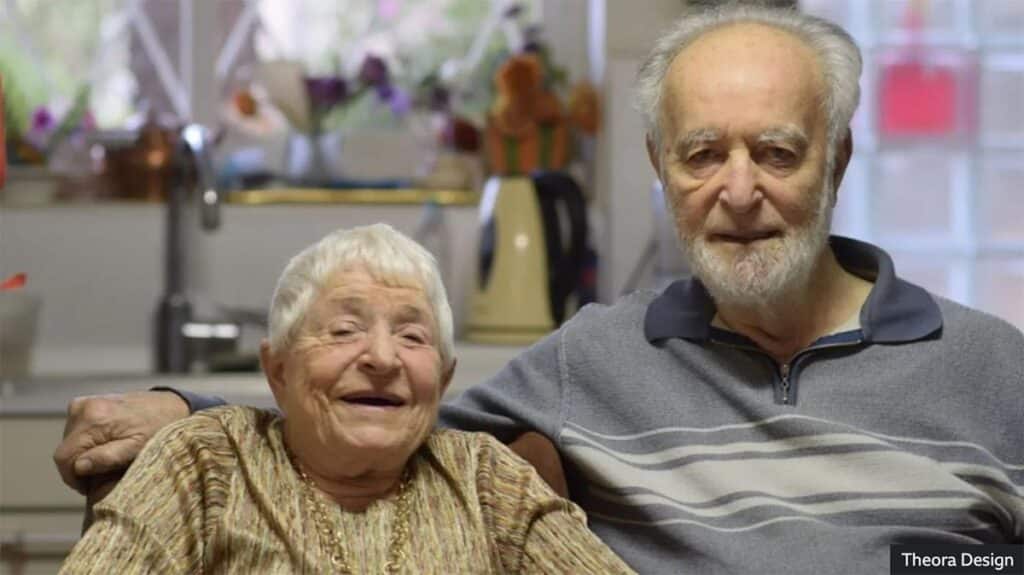
Theo and Ora were both artistic and creative. They started off designing book covers and drawings together, and soon had some big ideas.
In 1965, Theo and Ora formalized their creative partnership. They founded a business called “Matat,” Hebrew for “gift,” which created novelty items and toys intended to be complimentary giveaways with other purchases.
“In general, the division of labor is that Ora has an idea, and I implement it,” Theo told Haaretz about their creative process.
One of their first inventions was the ICETIX, a plastic ice cream popsicle stick that doubled as a toy once the ice cream was eaten. The ICETIX quickly captured global attention, becoming a worldwide success. Matat secured a licensing deal with American company Borden Dairy in 1969. Over the next 11 years, the company produced 12 billion ICETIX, rebranded as “Elsie Stix,” a reference to Borden’s brand mascot, Elsie the Cow.
One Reddit user remembered the Elsie Stix in a “Nostalgia” Reddit thread: “If you collected enough of them you could make square houses, square cars, square people, square animals — anything you could think of!” The toy’s scalable nature fueled its popularity by encouraging kids to continue collecting and building with the sticks.
The success of ICETIX inspired and financially enabled Theo and Ora to pursue more toy and game ideas. With this new direction came a rebranding, and they changed their name from Matat to Theora Design, an amalgamation of their first names, ‘Theo’ and ‘Ora.’ To this day, the company, which is still very active in the toy and game industry, bears its founders’ legacy in its name.
Guess Who? An international sensation
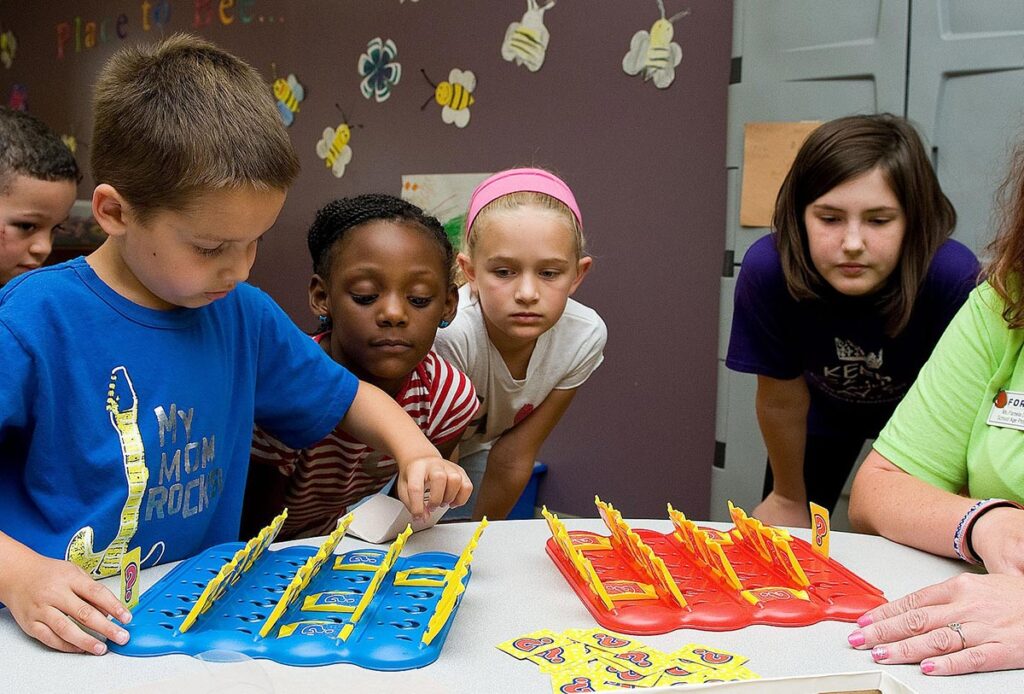
Theora’s big break came in 1979 with — you guessed it — the development of the board game that would soon become a household name: Guess Who?
Guess Who? was originally released in Dutch under the name “Wie is het?” which translates to “Who is it?” in English. The game was simple yet fun and engaging. Players each had a board with various character faces and had to use strategic yes-or-no questions to guess their opponent’s mystery character.
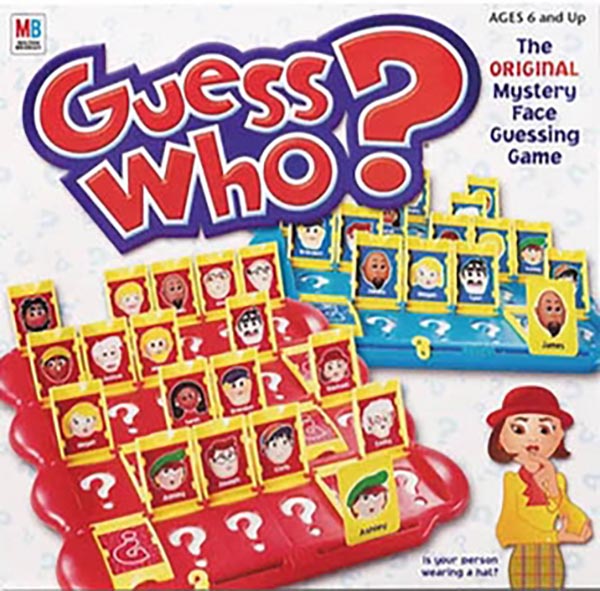
Legacy toy giant Milton Bradley (now Hasbro) saw the potential in Wie is het? and brought it to the U.K. market under its now-famous name. The game was met with instant success and was subsequently launched in the United States in 1982.
Since then, Guess Who? has been translated into multiple languages, and is enjoyed by people all over the world who have Theo and Ora Coster to thank.
Another viral hit: The pop-it fidget toy
Years later, Theo and Ora had another game idea that would eventually become a global sensation — the pop-it fidget toy. The inspiration behind this vibrant, sensory toy came from an unexpected source
The original pop-it fidget toy was inspired by Ora’s sister Zvia Mayroze, an artist who tragically passed away from breast cancer in 1974.
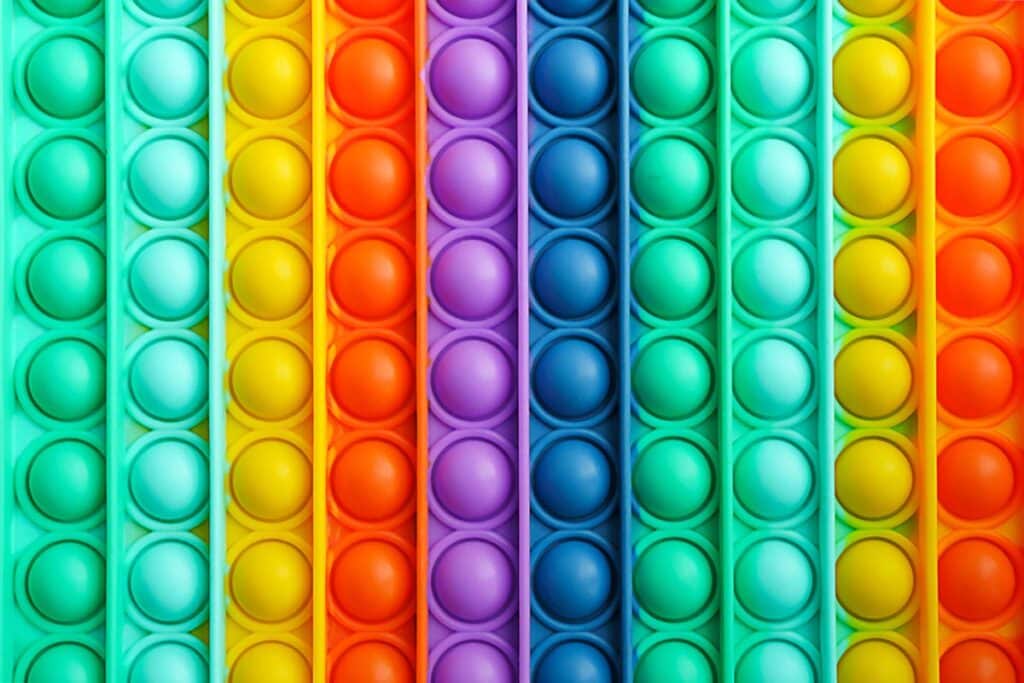
In 2021, Theo and Ora’s son, Boaz Coster, told the BBC the intriguing story about the toy’s conception.
Ora envisioned the idea in a dream, picturing a “large field of breasts, ladies’ breasts, where you could push the nipple.”
“She was very open, she said whatever was on her mind, to anyone,” Boaz explained. She suggested that Theo produce “a carpet of nipples that you can press from one side to the other,” and Theo brought this vivid idea to life.
The pair produced some prototypes, but the concept didn’t initially take off, partly due to the fact that the silicone rubber, which today’s pop-its are made from, wasn’t readily available at the time.
Years later, the Coster brothers revisited their parents’ shelved idea from the ‘70s. They struck a deal with Foxmind, a Montreal-based games company, to rebrand the concept as “Last One Lost.” In this two-player game, each player takes turns pressing bubbles, aiming not to be the one who pushes the last bubble.
Launched in 2014, the game initially saw modest sales of “a few thousand,” according to Boaz. A turning point came in 2019 when Target began stocking it, significantly boosting its popularity. But the real breakthrough was fueled by social media. A viral TikTok and YouTube video featuring a monkey pressing the pop-it toy from one side, turning it and pressing it from the other side, exploded online, racking up millions of views.
This viral moment catapulted the pop-it toy into the limelight, marking another milestone in Theo and Ora’s legacy of innovative toy creation.
Theo and Ora Coster: A legacy of resilience and creativity
To this day, Theora Design has created over 189 different concepts, with innovations licensed to some of the largest toy manufacturers globally.
Keeping the founders’ legacy alive, the company remains a family business. Theo and Ora’s children, Boaz and Gideon, now run Theora Design.
Boaz, who studied toy design in the U.K., joined Theora in 1981. Gideon, with a background in computer science, came on board in 1993. Completing the family team is Boaz’s wife Aliza, a certified CPA who has been managing the company’s finances since 1993.
Today, Theora’s efforts extend beyond game creation. They actively collaborate on joint ventures with Israeli toy and game inventors and dedicate time to mentoring up-and-coming entrepreneurs eager to break into the industry.
Theo and Ora left an undeniable mark on the world of toys and games. From the streets of Tel Aviv to global toy shelves, their individual and collective journeys are a testament to the power of resilience and creativity, shaping generations of play and imagination.
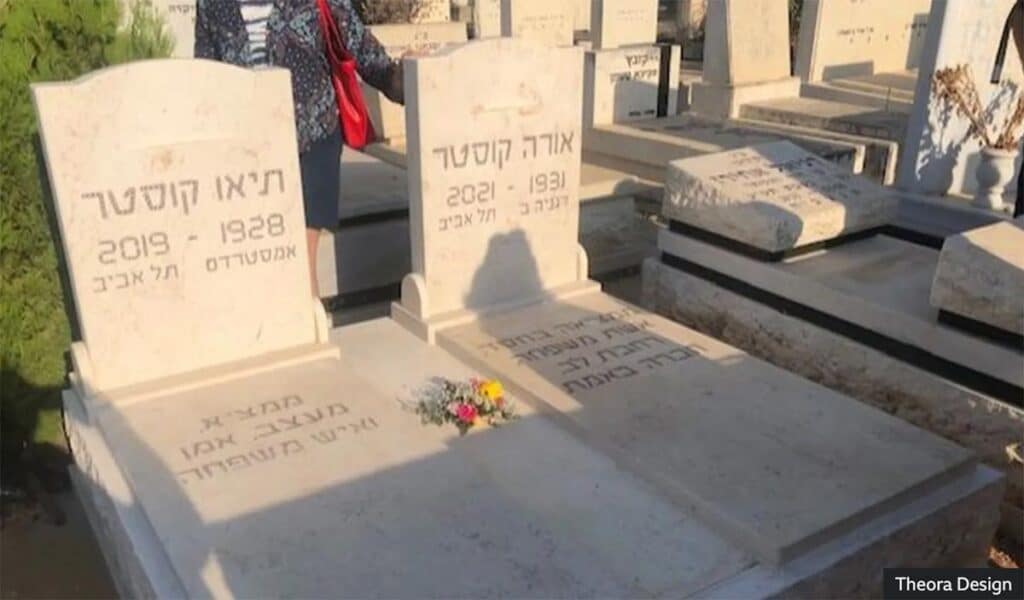
Theo passed away in 2019 and Ora in 2021, both at the age of 90. They are buried side by side in a Tel Aviv cemetery, their graves are marked by headstones designed to look like the iconic flip-up frames of a Guess Who? board, reflecting their life’s work.
Originally Published Jan 24, 2024 01:04PM EST


